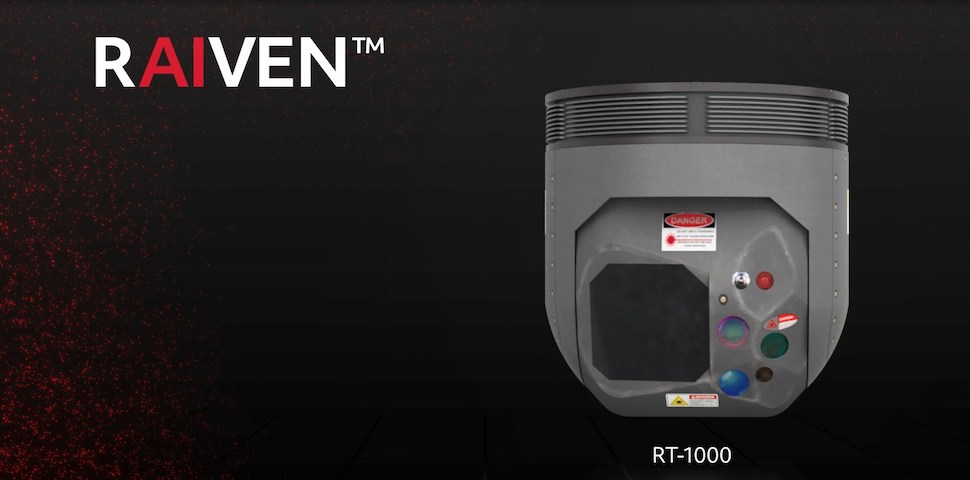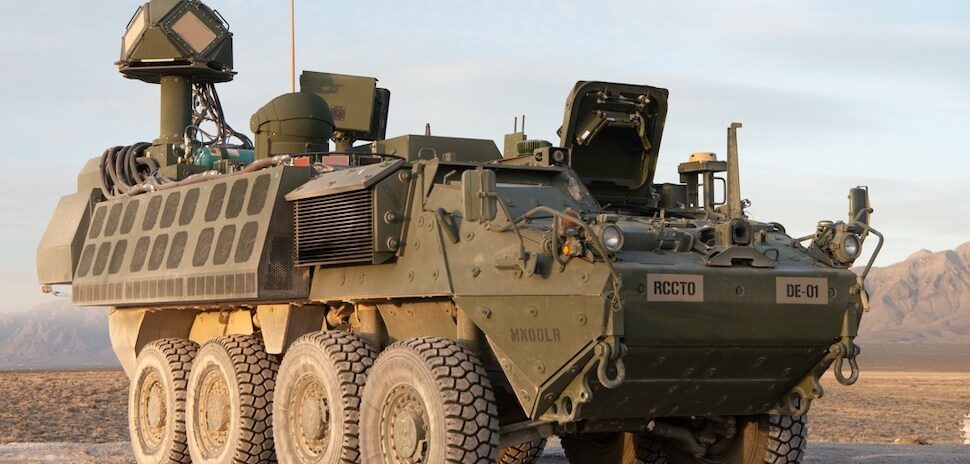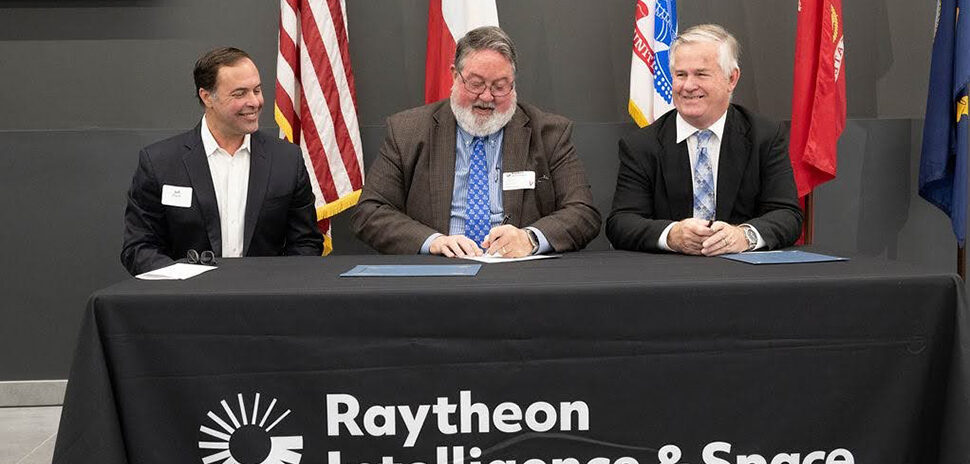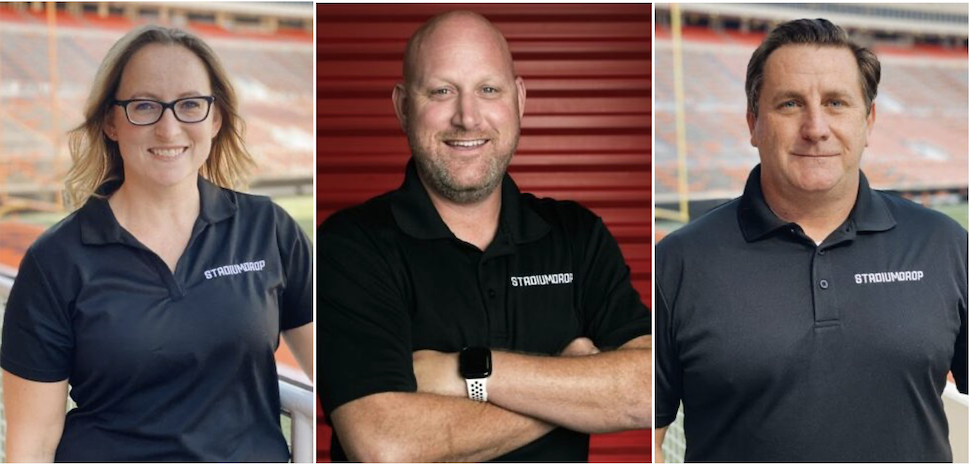One of the most life-or-death missions of any military pilot is identifying threats when patrolling the skies. Today Arlington, Virginia-based Raytheon Technologies announced the launch of a revolutionary “electro-optical intelligent-sensing” capability that achieves this faster and more precisely—and it’s being worked on right here in North Texas on the company’s McKinney campus.
Called RAIVEN, the new capability “can identify objects optically and spectrally simultaneously in real-time”—something that no single electro-optical/infrared system has been able to do before, Raytheon says.
To do this, “the capability uses artificial intelligence, hyperspectral imaging, and light detection and ranging, or LiDAR, to enable operators to see up to five times farther and clearer than traditional optical imaging,” the company says. “This helps increase platform survivability and gives the warfighter decision advantage over peer threats.”
Enables ‘prosecution of targets’ much faster than adversaries
“The future battlespace will consist of a myriad of threats from all directions evolving at an unprecedented pace,” Torrey Cady, VP of Surveillance and Targeting Systems at Raytheon Intelligence & Space, said in a statement.
“RAIVEN improves platform survivability and keeps the warfighter safe by providing accurate, persistent target observation coupled with accelerated information sharing,” Cady added. “This combination enables a decision-making process that simultaneously reduces pilot workload while accelerating engagement decisions to prosecute targets much faster than adversaries.”
AI is stamped right in the capability’s name

RAIVEN from Raytheon Technology [Image: Raytheon]
How important is AI to this new capability? So much so that Raytheon highlights it in bold red letters when rendering RAIVEN’s name. The capability uses AI “to synthesize reams of data into a detailed picture of the battlespace and the threats within it,” automatically detecting and identifying threats so the operator can choose what decisions need to be made. That automation provides a critical capability while drastically reducing operator workload, Raytheon says.
The company says the new modular, open system builds upon the successes of Raytheon Technologies’ Multi-Spectral Targeting System family of sensors. But RAIVEN delivers more mission versatility and capability than ever before, within the same size, weight, and power specifications as its predecessors.
RAIVEN’s initial version, RT-1000 (shown above), “can support a wide array of missions, including the U.S. Army’s Future Vertical Lift modernization effort, with the first flight test being conducted in 2024,” Raytheon said.
The company confirmed that work for this program is being done at its McKinney campus north of Dallas, where Raytheon Intelligence & Space opened a new intelligent manufacturing center in 2021.
![]()
Get on the list.
Dallas Innovates, every day.
Sign up to keep your eye on what’s new and next in Dallas-Fort Worth, every day.


































































